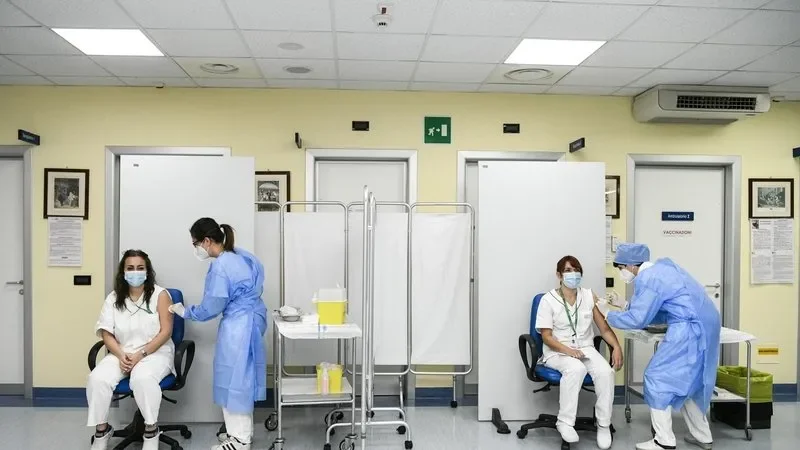

The urgent need for strategic planning and investment in nursing
Analysis: Nurses and midwives provide care from womb to tomb, yet strategic planning and investment are urgently needed to address current and future challenges.
2020 was designated International Year of the Nurse and Midwife by the World Health Organisation (WHO) to highlight and celebrate the work of nurses and midwives and bring attention to what needs to happen next for the professions.
To mark the year, the WHO published a landmark report, State of the World's nursing 2020 - Investing in education, jobs and leadership, highlighting the global shortage of nurses, estimated at 5.9 million.
The arrival of COVID-19 in 2020 meant there was little time for celebrations but the work that nurses do suddenly became highly visible. This visibility translated into an increase in interest in nursing and midwifery across society including in the media, CAO applications, and the Dáil where a new and intense interest in nursing students at times reached fever pitch.
Nurses and midwives provide care from womb to tomb, and their scope of practice is ever broadening. Patients in hospitals nowadays are sicker, require more complex care, and the public’s expectations of them are higher.
Nurses and midwives must be up-to-date with scientific literature to deliver best practice care. The pandemic has illustrated that nurses and midwifes are a highly responsive, adaptable and agile workforce.
In Ireland, we are experiencing a demographic shift with people living longer. Better treatment protocols for chronic illness means more people have higher health care needs for longer.
Responding to this changing demographic, a new policy framework for Ireland - Sláintecare - lays out a roadmap for a reconfigured health service. This will require nurses and midwives to pivot into new roles, in new settings and operate at higher levels of clinical autonomy.
They will increasingly need to undertake full episodes of care from assessment, diagnosis and treatment to discharge, as healthcare transitions from acute settings into community and primary care.
Policy and practice landscapes will change and physical infrastructure, indemnity and regulatory changes will be required. Regulatory changes should now be in train to ensure that nurses and midwives are enabled to be autonomous practitioners.
